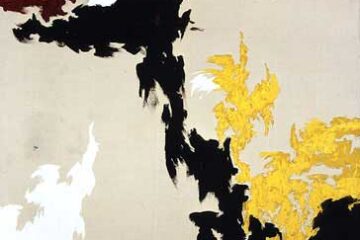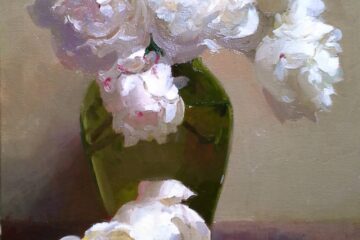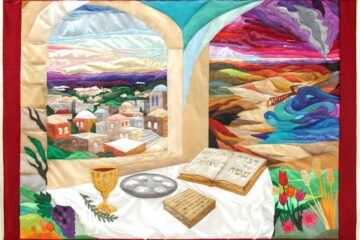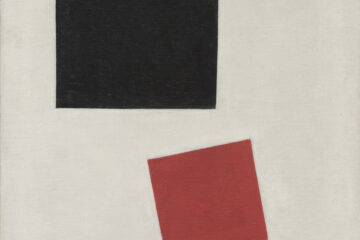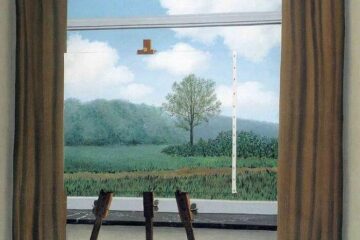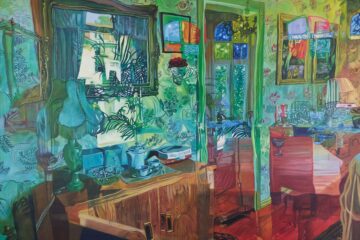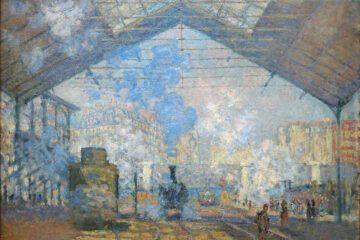A readiness to embark on a journey of endless self-discovery brings us to the land of promise. View the study sheet here. Watch the recording here.
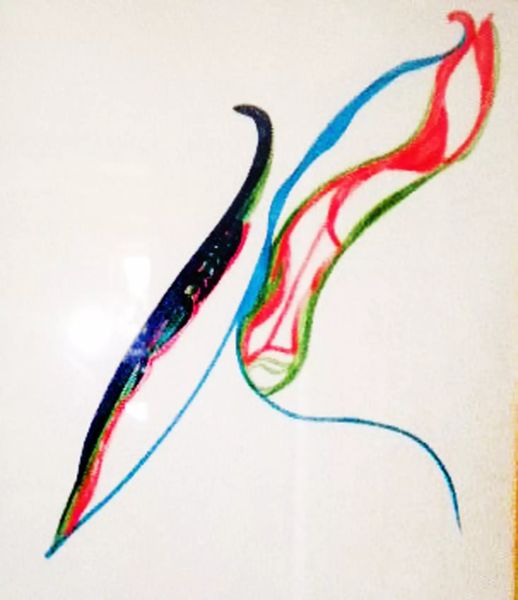
“Listen.” That is the first word, the complete first sentence in Miles Davis’s autobiography Miles, The Autobiography. To listen was Davis’s fundamental instruction to his bandmates. But he wasn’t referring to notes that were on the music sheet or those that had already found resonant expression in the air. “Don’t play what’s there,” he advised them. “Play what’s not there.”
For Davis, the negative, the absence of pre-determined notes, provided a space of possibility and an opportunity for deeper investigation. He sought out what was behind the notes, “the silence from which music emerges and in which it is framed,” Dutch musician Paul Tingen wrote in his book about Miles Davis, Miles Beyond.
Davis’s focus on silence as the creative field – which by necessity could only be expressed through the material substance of musical notes – evokes Claude Monet’s late-in-life wisdom: “Other painters paint a bridge, a house, a boat. I want to paint the air in which the bridge, the house and the boat are to be found.”
In 1982 Davis was hospitalized with a minor stroke. His doctors advised him to hold a pencil to help his recuperation from a frozen hand. Soon thereafter he met Jo Gelbard, an artist who lived on the same block. Gelbard encouraged Davis to transition from sketching to painting. He embraced it with the same passion that he did his music, as an avenue for both creative expression and personal healing. Robert Irving III, former musical director of Miles Davis’s band, wrote: “Miles said music is a painting you can hear, and a painting is music you can see.”
At first, Gelbard observed, Davis would layer on too much paint. She helped him to find a painterly style coherent with his musical sensibility: minimalist and emotional. Pictured here is an untitled piece in color pencil and watercolor by Davis. There is movement. There is color. And there is empty space. For Davis, painting became another way to uncover “what’s not there.”
This week’s Torah portion opens with much that is not there. Its title is derived from the first two significant words in Hebrew, two words formed of the same two letters: lamed and khaf. Missing from these words as they are written in a Torah scroll are any vowels. What we see is lamed khaf as one word followed by lamed khaf as another word. Repetition of the same word? Two words of different meaning?
Vocalized reading tradition eventually supplied vowels for each, rendering them as lech lecha. Translations of those symbols vary: “go forth;” “go for your benefit;” “go into yourself.” The letters are offered to us for our own exploration.
At the narrative level, there is also much that is missing. In the previous portion the text provided a rationale for why Noah was chosen as the protagonist: “Noah was a righteous man. He was blameless in his age.” By contrast, the text this week provides no explanation for why Abraham is the character who will go on a journey of founding a new nation in a covenantal relationship with God.
Commentators are drawn into the empty space, searching for the possibilities and opportunities it provides. The Hasidic interpreter Mei HaShiloach understands the divine instruction for Abraham to go forth “from your father’s house” to mean: “Do not look at the way things seem at first glance but rather to the root of the matter.” Or, in the words of Miles Davis, “Don’t play the idea that’s there, play the next idea. Don’t just play from the top of your head, but listen and try to play a little deeper.”
Having determined from what Abraham is to be unsettled, the text describes his destination: “Go forth to a land that I will show you.” Mei HaShiloach identifies this as meaning: “your intense union will be in a place called ‘which I will show you.’ For God has no end, and will always increase the lights of the Infinite more and more for you.” In this understanding “the land that I will show you” is the name of the destination. It is a place at which the one blessed will never arrive. It is a journey of constant transformation, endless dialogue and ever-evolving discovery and development.
A painter must of necessity produce texture, color, form. A musician must produce notes. But for both Monet and Davis, the symbols of their respective media primarily serve as signposts pointing the way to the ever expanding. To paint the nothing that surrounds the something is, Monet said, “impossible.” Yet, he embraced that mission with full heart, knowing it meant a lifetime of unfinished work, of more to be done and further to go.
Returning to Miles Davis and how he opens the narrative of his journey: “Listen. The greatest feeling I ever had in my life was when I first heard Diz and Bird together….I said, ‘What? What is this!?’” He was 18 years old, and he was just beginning his journey.
Man hu (“what is this?”), rendered in our Exodus text as “manna,” is what sustained the Israelites on their journey from slavery to freedom, from constraint to endless possibilities. The power of questions, openness to surprise, a readiness to ongoing new self-discovery sustains us still as we strive to experience and express the impossible. And it begins with attending to what’s not there.
Join us here at 7:00 p.m. (PT) on Thursday November 7 as we explore what’s not there.


